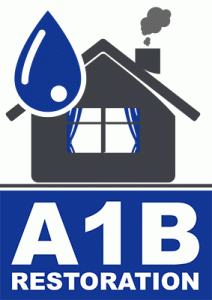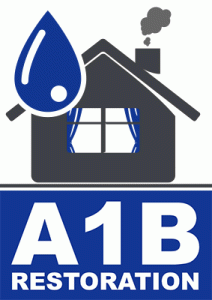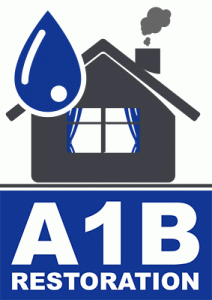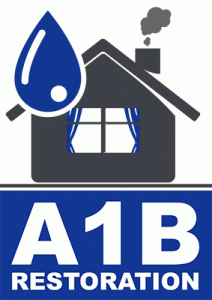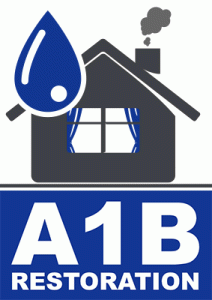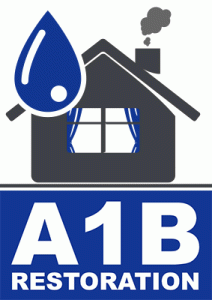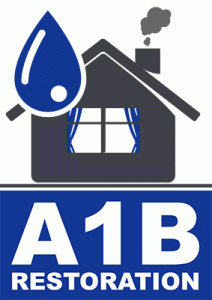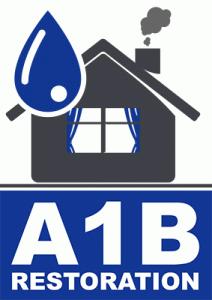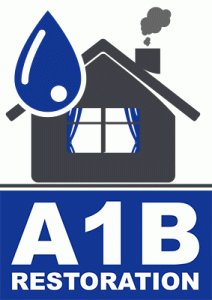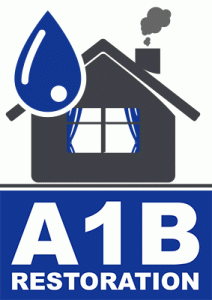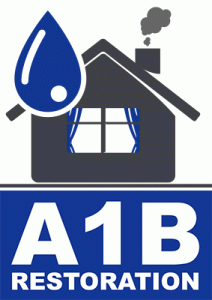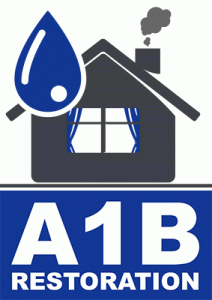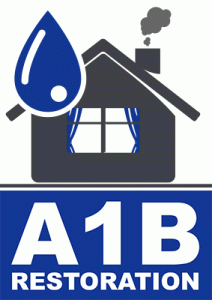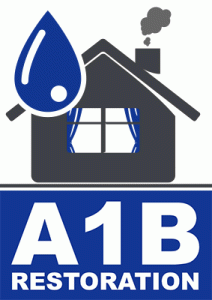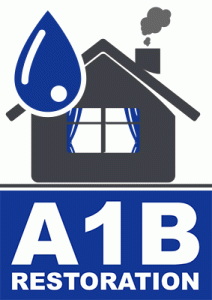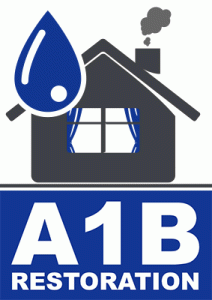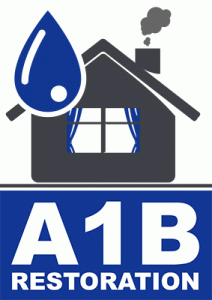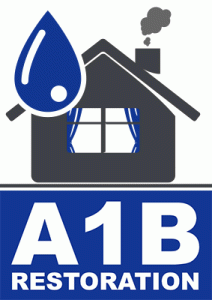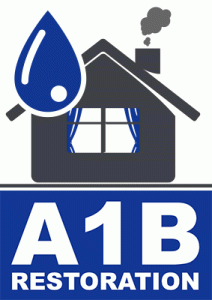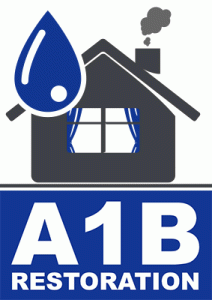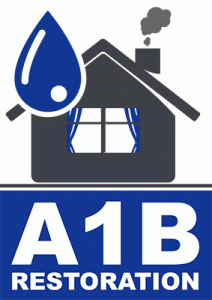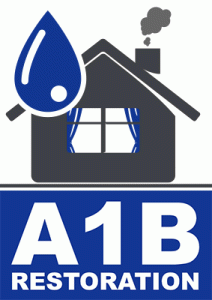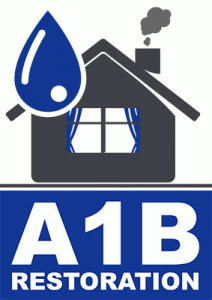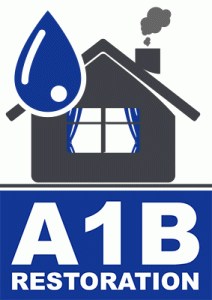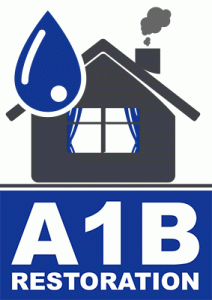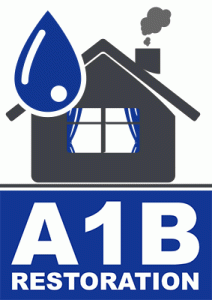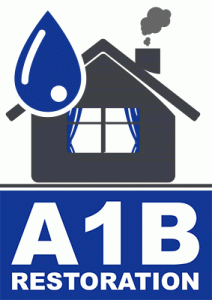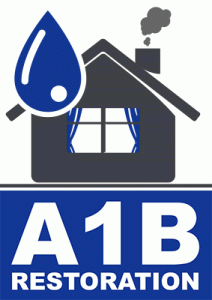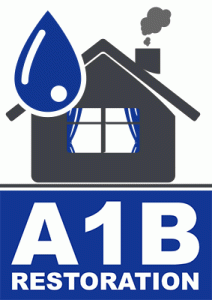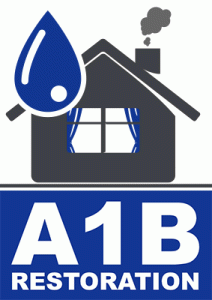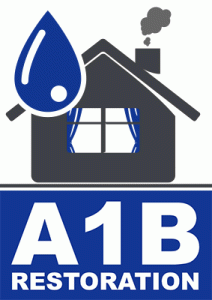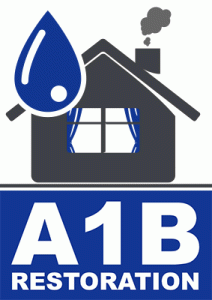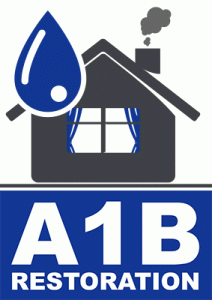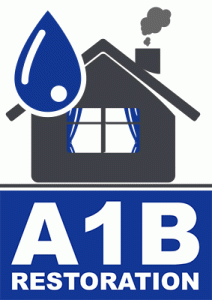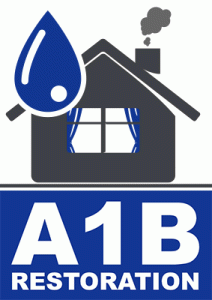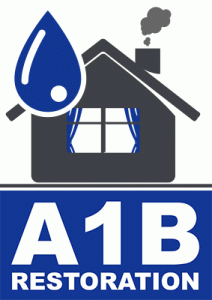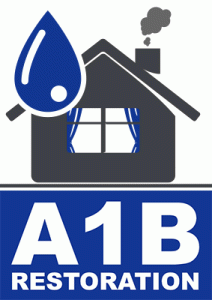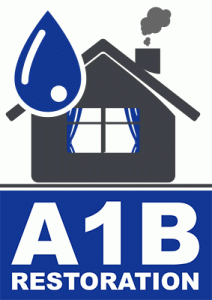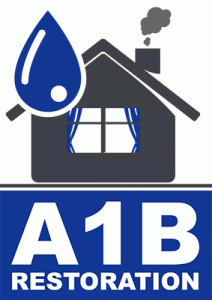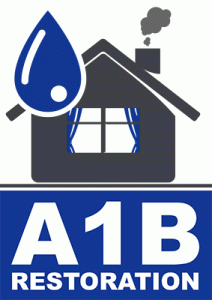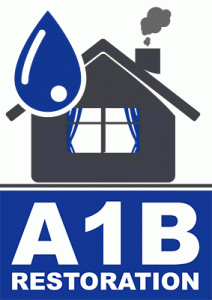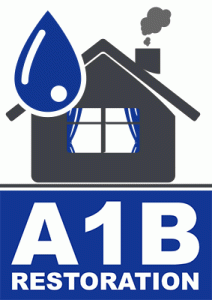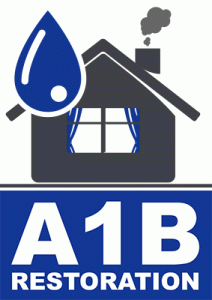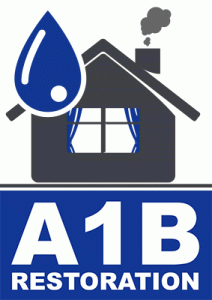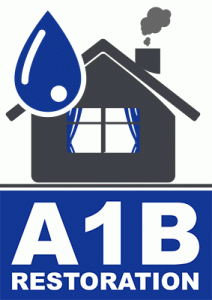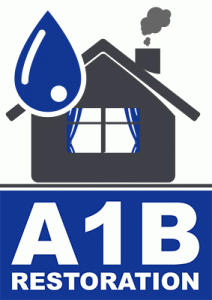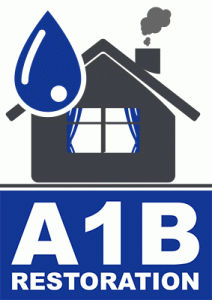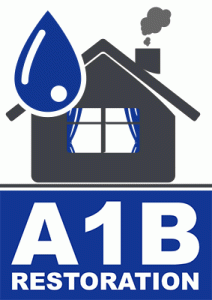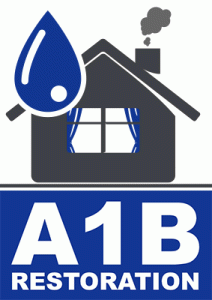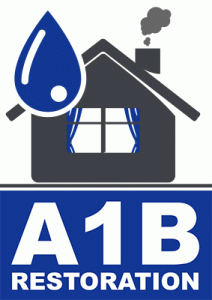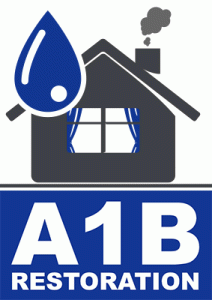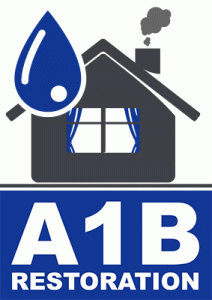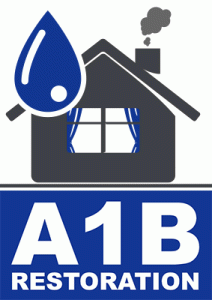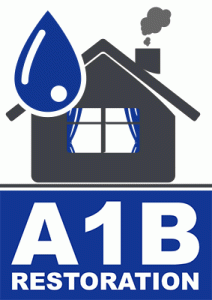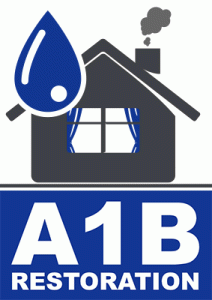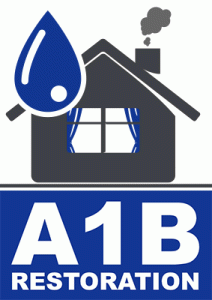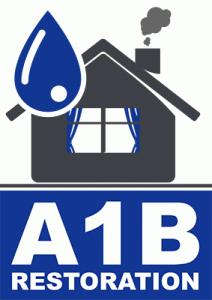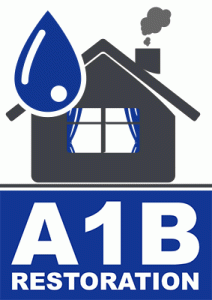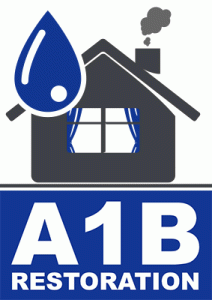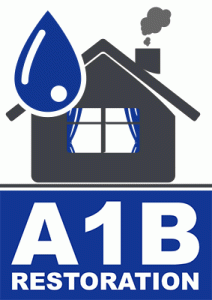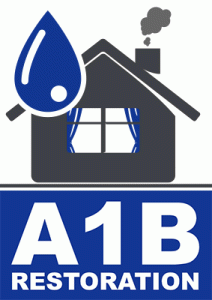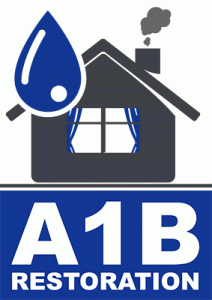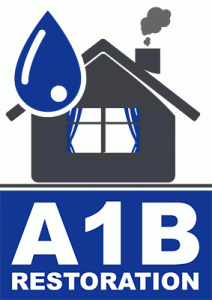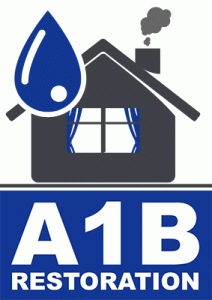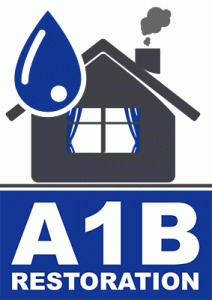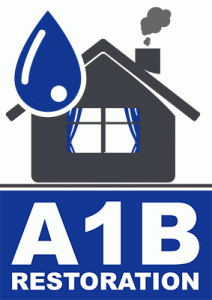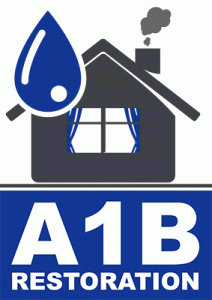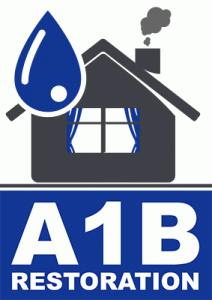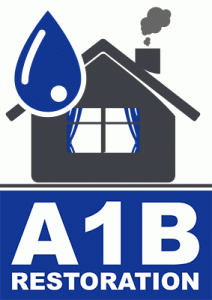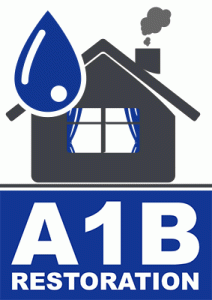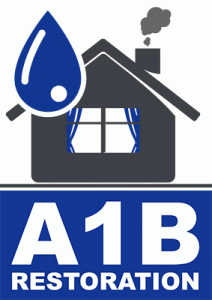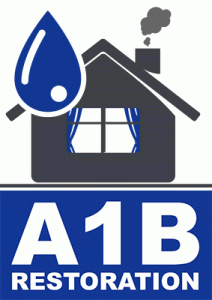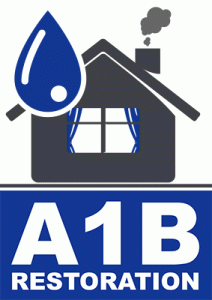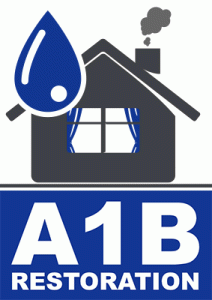How to File an Insurance Claim for Water Damage: A Comprehensive Guide
Water damage is one of the most common and costly problems homeowners face. According to the Insurance Information Institute, water damage and freezing accounted for 29% of all homeowner insurance claims in 2020. Whether caused by a burst pipe, a leaky roof, or severe weather, understanding how to file an insurance claim for water damage is crucial for mitigating the financial impact and ensuring a smooth recovery process.
Understanding Your Insurance Policy
Before you find yourself in the unfortunate situation of needing to file a claim, it is essential to understand your homeowner’s insurance policy. Not all policies cover water damage, and those that do often have specific conditions and exclusions.
Review Your Policy Details
Take time to thoroughly review your insurance policy. Look for information on what types of water damage are covered, such as damage from plumbing failures, weather-related incidents, or accidental overflows. Note any exclusions, such as damage from neglect or poor maintenance. Contact your insurance agent if you have any questions or need clarification on your coverage.
Determine Your Deductible
Your insurance policy will likely include a deductible, which is the amount you need to pay out of pocket before your insurance coverage kicks in. Understanding your deductible is crucial for deciding whether to file a claim, as minor damages may not exceed the deductible amount.
Steps to Take Immediately After Water Damage
Once you discover water damage in your home, prompt action is crucial to minimize further damage and increase the likelihood of a successful insurance claim.
Stop the Source of Water
Identify and stop the source of water to prevent further damage. This might involve turning off the main water supply or fixing a leaky pipe. If the damage is due to severe weather, wait until it is safe to address the issue.
Document the Damage
Take detailed photographs and videos of the affected areas, capturing the extent of the damage. This documentation will be vital for your insurance claim and can serve as evidence if there are disputes later on.
Mitigate Further Damage
Take reasonable steps to prevent additional damage. This might include drying out wet areas, removing soaked items, or placing tarps over a leaking roof. Keep all receipts and records of any expenses incurred while mitigating damage, as these may be reimbursable under your policy.
Filing Your Insurance Claim
Once you have addressed the immediate aftermath and documented the damage, it is time to file your insurance claim.
Contact Your Insurance Company
Notify your insurance company of the water damage as soon as possible. Many insurers have a specific time frame within which you must report an incident to be eligible for coverage. Provide them with all necessary information, including your policy number and details of the damage.
Complete the Claim Forms
Your insurance company will send you claim forms to fill out. Be thorough and accurate when completing these forms to avoid delays or denials. Attach any documentation you’ve gathered, such as photos, videos, and receipts.
Schedule an Adjuster’s Visit
After you’ve submitted your claim, an insurance adjuster will likely visit your home to assess the damage. Be prepared to provide them with access to all affected areas and any documentation you have collected. This visit is a critical step in determining the payout amount.
Working with Contractors and Repairs
Once your claim is approved, you can begin repairs, but there are important considerations to ensure the process goes smoothly.
Choose a Reliable Contractor
Find a reputable contractor experienced in water damage repairs. Check their credentials, references, and reviews to ensure they are qualified. Your insurance company may have a list of preferred contractors, but you are not obligated to use them.
Keep Communication Open
Maintain open communication with both your contractor and insurance company throughout the repair process. Update your insurer on any changes or additional damage found during repairs, as this may affect your claim.
Document the Repair Process
Continue to document the repair process with photos and receipts. This ongoing documentation will be helpful if there are any disputes or additional claims needed.
Common Challenges and How to Overcome Them
Filing an insurance claim for water damage can be fraught with challenges. Here are some common issues and how to address them:
Claim Denials
If your claim is denied, request a detailed explanation from your insurance company. Review your policy to ensure the denial is justified. If you believe the denial is in error, consider appealing the decision or seeking legal advice.
Underpayment
Insurance companies may offer less than the amount needed for full repairs. Provide documented evidence of repair costs and negotiate with your insurer. If necessary, hire a public adjuster or attorney to advocate on your behalf.
Delays in Processing
Claim processing delays can be frustrating. Regularly follow up with your insurance company and ask for a timeline. Keep a record of all communication and escalate the issue if necessary.
Conclusion
Filing an insurance claim for water damage can be a complex and stressful process, but being prepared and informed can make it more manageable. By understanding your policy, taking immediate action, documenting everything, and navigating the claims process diligently, you can increase your chances of a successful outcome. Remember, the key to minimizing the impact of water damage lies in prompt action and thorough documentation.
For more information and detailed advice on protecting your home from water damage, consider reaching out to a professional or visiting reputable online resources. By staying informed and prepared, you can safeguard your home against future water damage events.
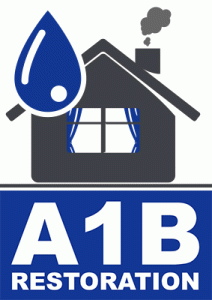
best water damage restoration near me Sachse Texas
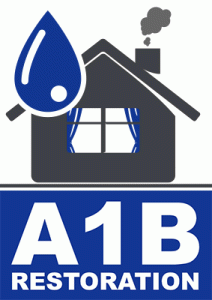
Preston Hollow Dallas Texas water remediation company

water damage restoration services near me Southlake Texas
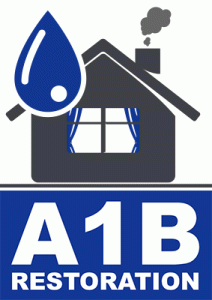
water remediation company near me Lewisville Texas
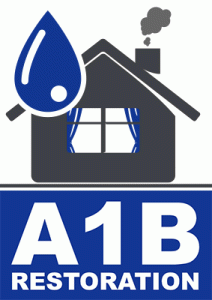
best water damage restoration near me Cedar Hill Texas
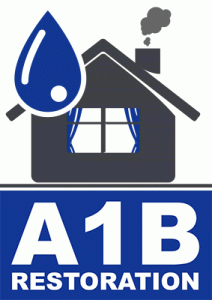
water damage restoration services near me Lake Dallas Texas
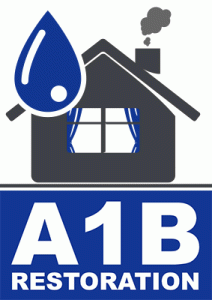
emergency water clean up Lake Highlands Dallas Texas

best water damage restoration near me Murphy Texas
Crime Scene Cleanup
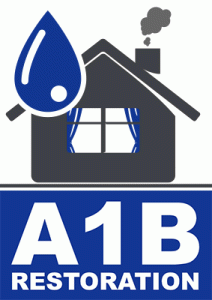
best water damage restoration near me McKinney Texas
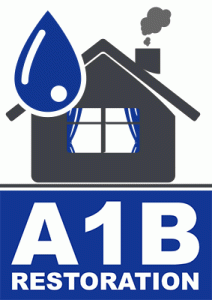
Lake Dallas Texas water damage restoration near me
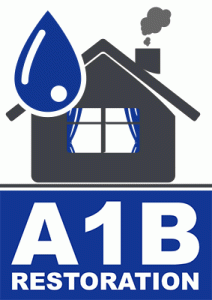
The Colony Texas restoration water damage companies
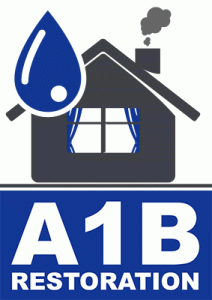
Dallas Texas water damage restoration service near me
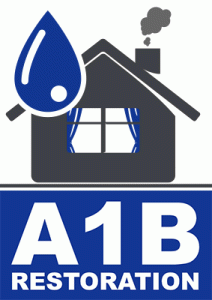
Lake Highlands Dallas Texas water damage restoration near me
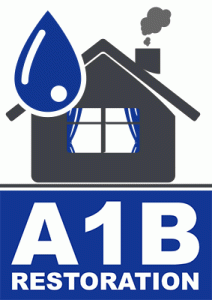
Irving Texas water damage restoration service near me
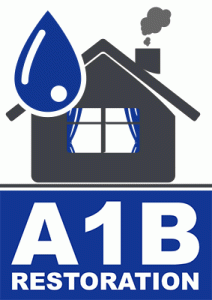
Crowley TX water damage restoration companies near me

Lake Highlands Dallas TX restoration water damage experts
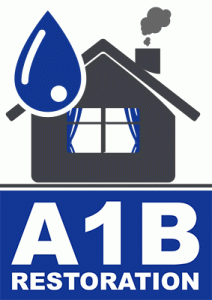
Haltom City TX water damage restoration services

Rowlett TX water damage restoration companies near me

North Richland Hills TX water restoration services
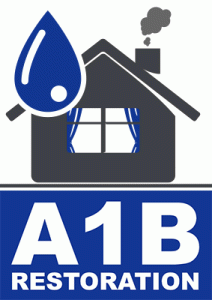
water damage and restoration companies Southlake Texas
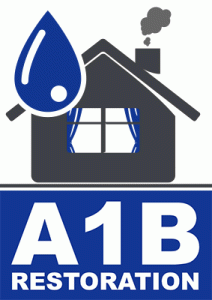
restoration services water damage Sunnyvale Texas
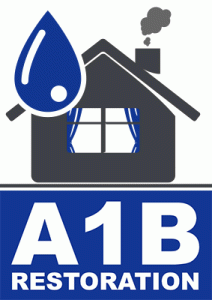
water mitigation company near me Preston Hollow Dallas Texas

residential water damage restoration Frisco Texas
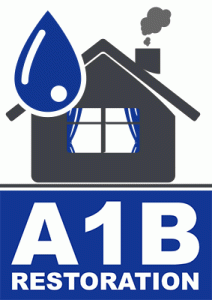
residential water damage restoration Sachse Texas
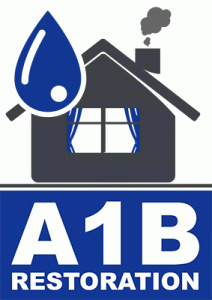
best water damage restoration near me Royse City Texas

water damage companies near me Flower Mound Texas
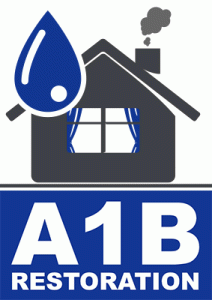
best water damage restoration near me Grand Prairie Texas
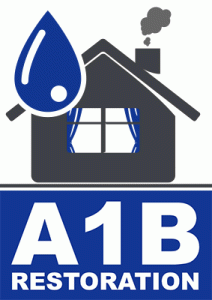
emergency water damage restoration Sunnyvale Texas
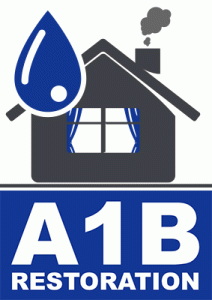
water mitigation company near me North Richland Hills Texas

emergency water damage restoration Cedar Hill Texas
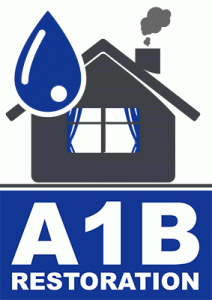
water damage restoration services near me Rowlett Texas

emergency water damage restoration Mesquite Texas
